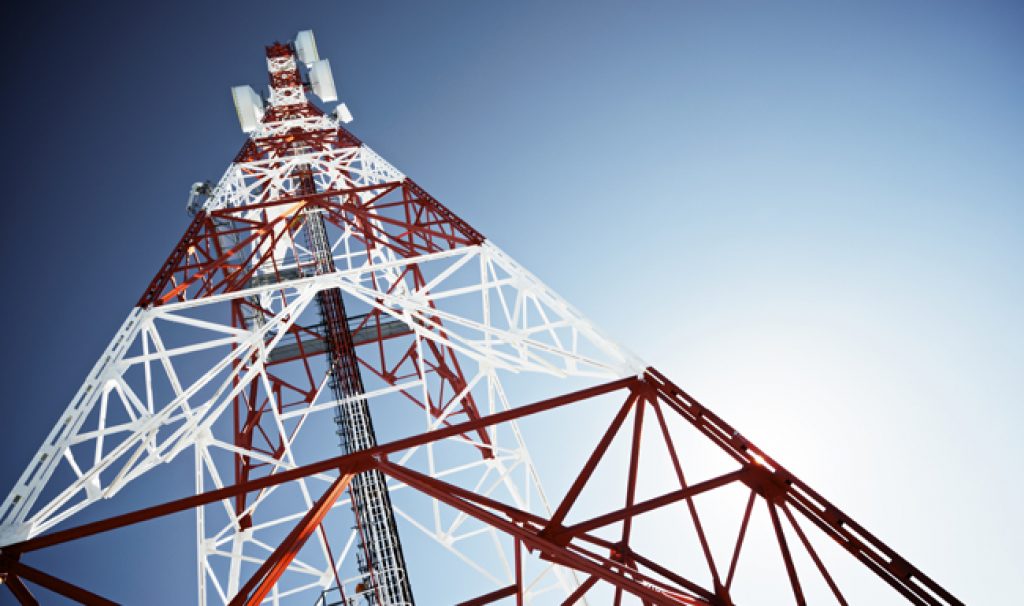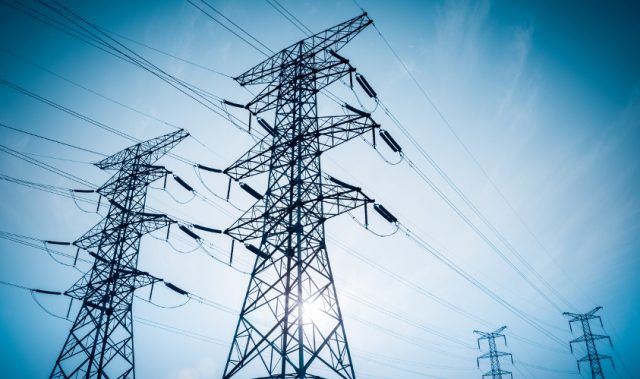
AsianScientist (Oct. 26, 2016) – The energy internet is still just a theory at the moment but scientists at Northeastern University in Shenyang, China, have proposed a way to help bring it to reality. Their paper was published in the IEEE/CAA Journal of Automatica Sinica.
A fallen tree, a lightning strike—whatever the reason, it doesn’t take much to disrupt the electrical grid. An outage could last just a few minutes, but restoring electricity to millions of people typically takes hours, days, or even weeks. This outdated, century-old system is long due for an overhaul. Enter the energy internet, which is based on the idea that electricity could be distributed in a similar fashion to the actual internet.
“[The energy internet] brings new challenges to the study of some basic problems in power systems, one of which is… energy management,” wrote researcher Dr. Zhang Huaguang, the director of the Electrical Automation Institute at Northeastern University. “Unlike conventional power systems, the upcoming energy internet emphasizes comprehensive utilization of energy in the whole power system by coordinating multi-microgrids.”
A main power grid could partner with decentralized generators, ranging from fuel to wind turbines and solar power, to delegate energy to multiple microgrids within each designated network. Depending on load, each microgrid can either inject spare power into or absorb lacking power from other microgrids or the main grid. In their paper, Zhang and his team determined how to best optimize this power exchange between the main grid and the multiple microgrids using computer science algorithms.
The researchers simulated their proposed management method between seven separate systems under different time constraints and energy loads. Every time, the algorithms proved effective.
“The proposed approach is implemented in a distributed fashion, which only requires local communication among neighbors,” wrote Zhang. “Thus, it is more cost-effective, reliable, and robust compared to the centralized approaches.”
The article can be found at: Huang et al. (2016) Distributed Optimal Co-multi-microgrids Energy Management for Energy Internet.
———
Source: Chinese Association of Automation; Photo: Shutterstock.
Disclaimer: This article does not necessarily reflect the views of AsianScientist or its staff.












